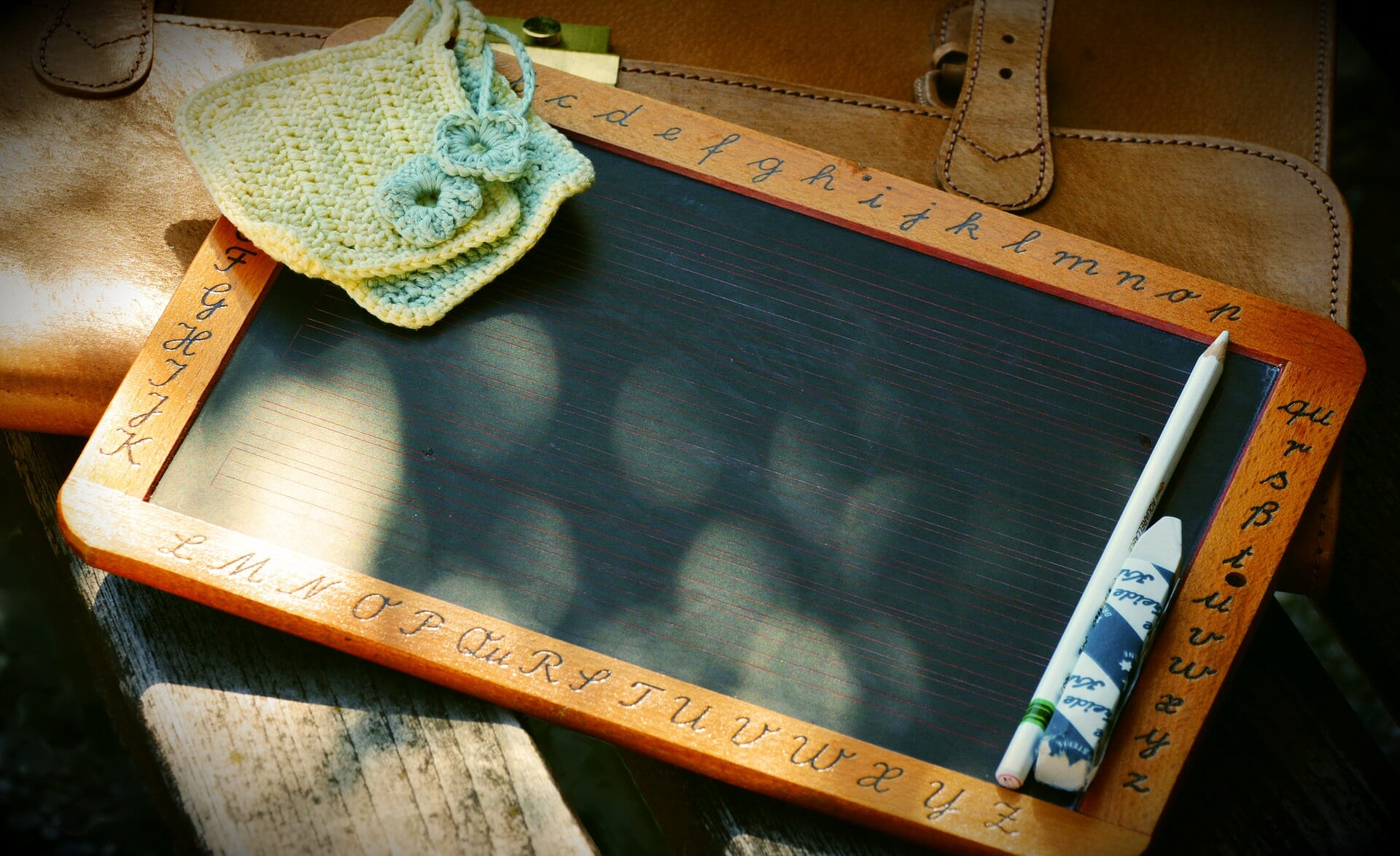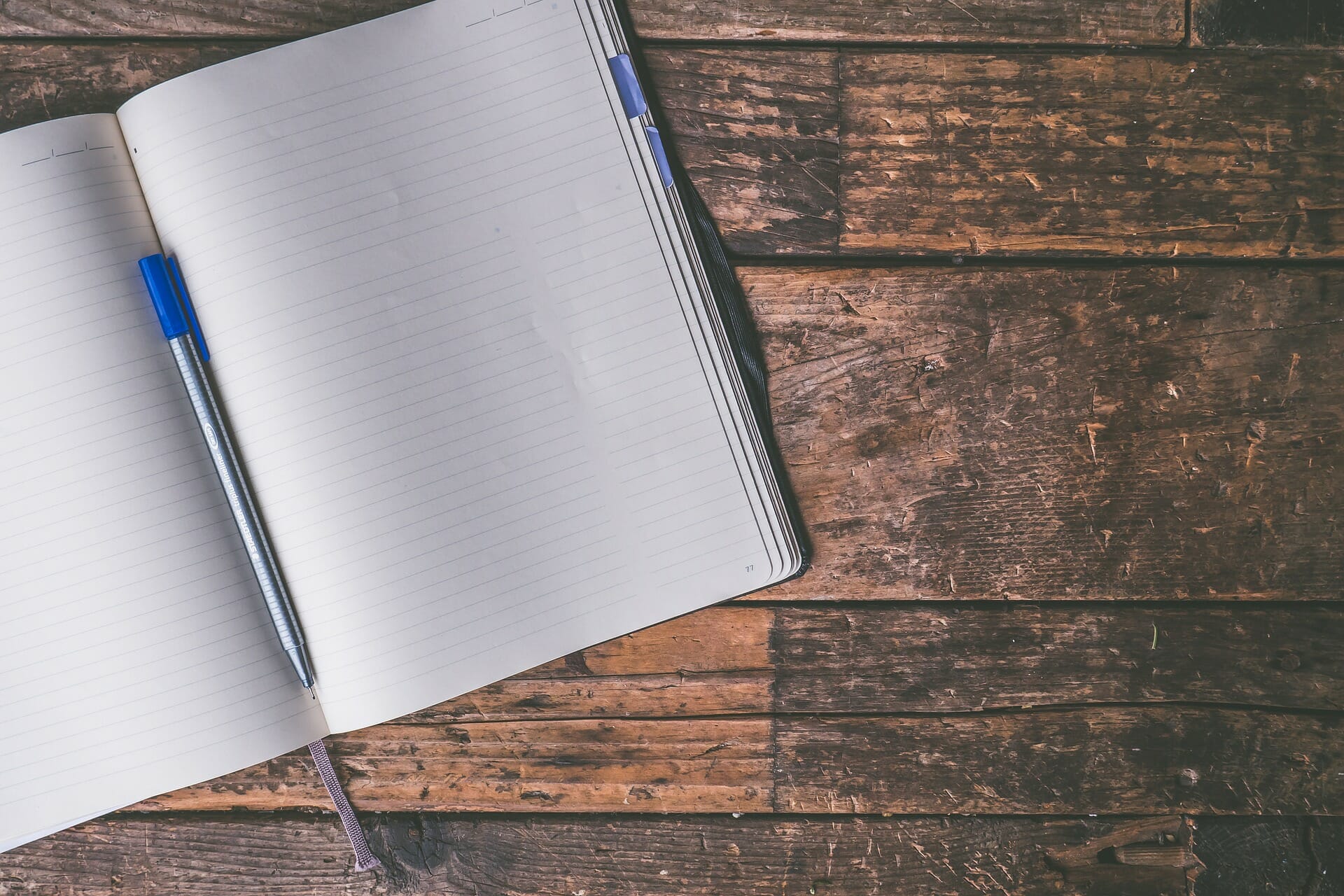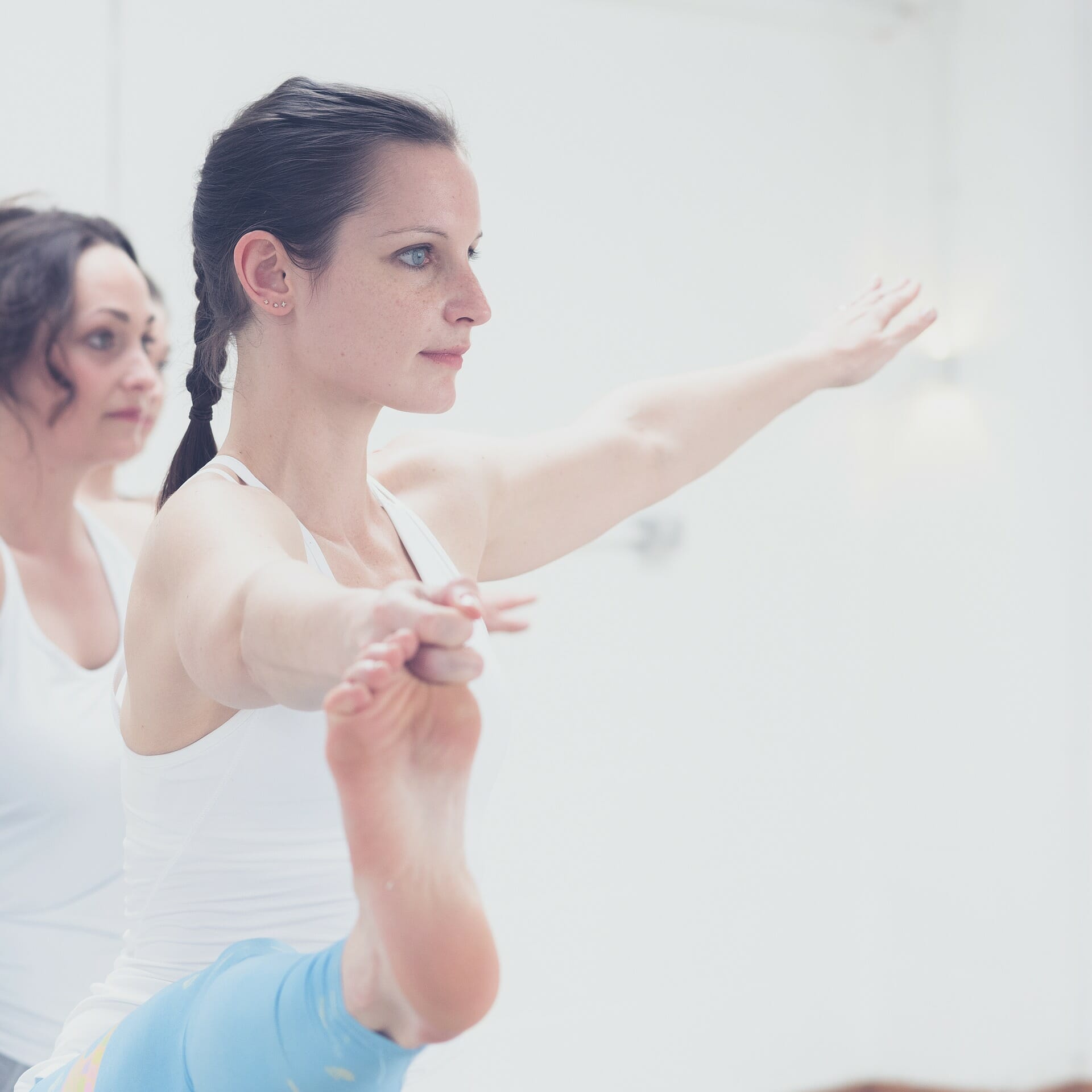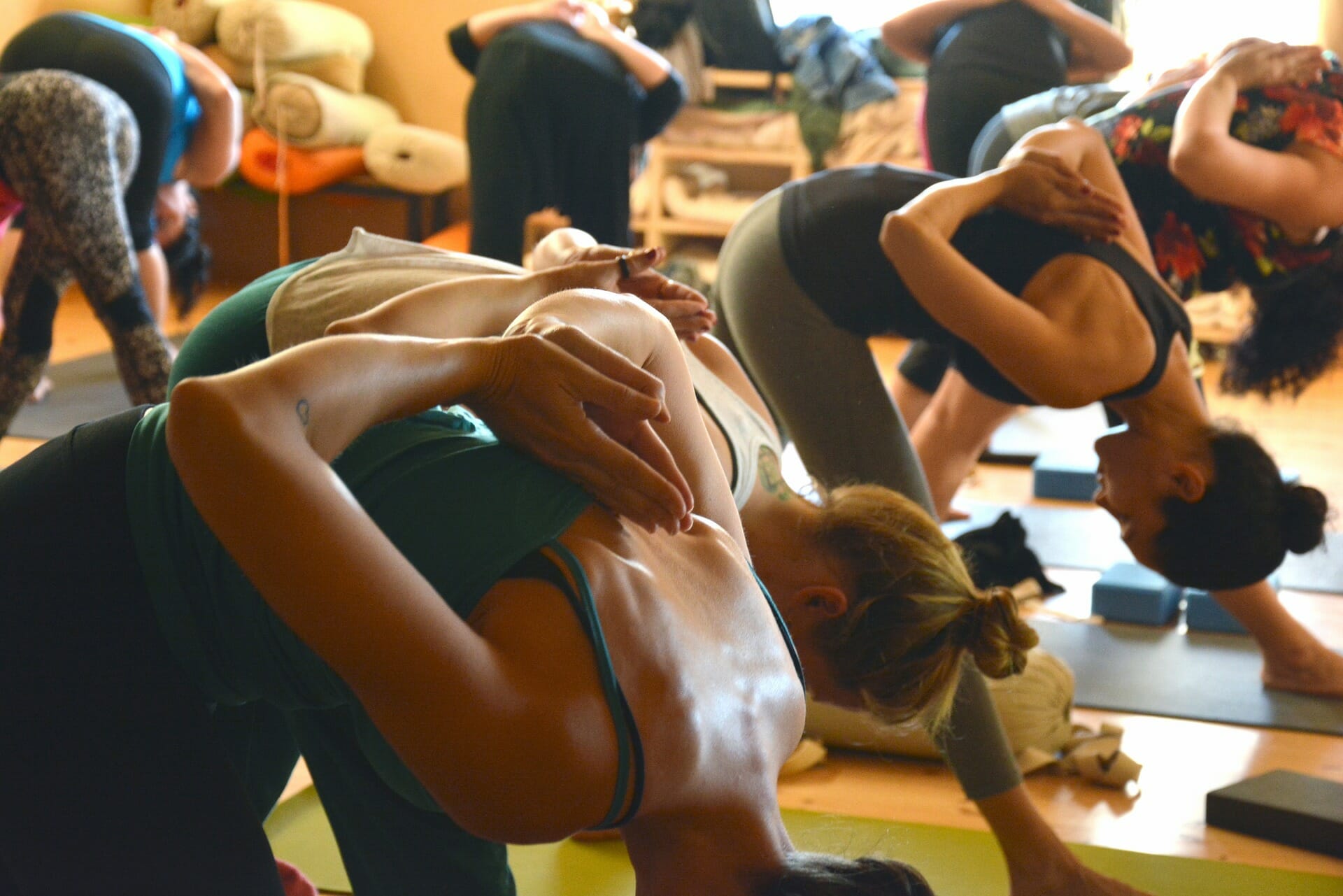If you want I can very quickly answer this question already: Do your yoga teacher training. If it were just that simple. In this guest blog I wrote some stuff down about things you have to do after you finish your yoga teacher training, and in this article, I will tell you what you need to be a (good) yoga teacher! I will mainly focus on how to do your class, rather than the business side of yoga, that might be for a different article.
Skills
Of course, this one you will have learned during your yoga teacher training. During the training, you will have learned how to build a good sequence, how to teach, doing hands-on adjustments, and everything you need to have when you are a yoga teacher.

I remember the first class I taught, I prepared myself by building a sequence, I practiced it myself and in the end, I forgot almost everything that I had planned for that class! It was so nerve-racking that I didn’t know what to do anymore or even what the theme of the class was. Luckily I was doing an internship and no-one really noticed, as I had my foundation. And now, I’m here, teaching yoga without even thinking too much about it anymore. And that’s the point where you’ll be heading too. But it takes time, don’t give up.
Yoga Teacher vs. Yoga Instructor

So as an instructor just demonstrates the poses, which might be practical if you are teaching big groups, a yoga teacher does a little bit more than that. A teacher will guide you through the poses, correct you where you need to be corrected and is living the yogi life. Both are good of course, but for yourself, you just have to make up what you want to become. The latter, of course, is more demanding, but in the end also more rewarding.
This for a little intermezzo. If you wanna learn how to be a yoga teacher, then read on from now on.
Plan Your Classes
I know I told that in my first class I made a plan and that the nerves got the best of me and I completely forgot about the whole structure. However, that didn’t keep me from making a plan. Tools you’ll need for this: a notebook and a pen.

The reason why I’m telling you all of this is because it will strongly help you to become a better yoga teacher. After every class, you can look through your notes again and maybe even grade your classes. This is all part of reflecting upon yourself in becoming better. This will make those people come back to your classes. And I speak from experience, the worst classes that I ever had, were the ones that I didn’t plan.
Of course, after a while you won’t have to plan anymore, you’ll know a lot of sequences you’ve made by heart and you’ll come up with some crazy stuff yourself after a while. But until you’ve reached that point it’s just best to keep on writing everything down until you are confident enough to create something on your own just on the spot.
Last thing that I’d like to add on this part. Don’t be afraid to do hands-on adjustments. It might look very scary in the beginning and you might be afraid that you’ll do something wrong, but when you do it, you’ll immediately feel if you are doing something wrong. The body of that other person will tighten up if you turn or twist it in the wrong direction. Don’t worry about that, it can happen to anyone. Another piece of advice that I’d like to give you: ask for consent before you do it. As a male yoga teacher in a world of men, it’s not always so easy to give hands-on adjustments. I always ask people first if I can touch them. Not because I’m afraid to get a lawsuit, it’s just that some people don’t like it and they will be out of focus. Therefore, when people are in a pose, briefly ask: may I? Your student will understand and will head yes or no.
Once I had an Islamic woman in my class and when I saw her coming into the studio I was terrified. I didn’t know what to do! I didn’t want to be disrespectful by going over to her and ask her if what her culture prescribes about being adjusted while doing yoga. At some point, I just felt it was the best to ask her as I also didn’t want to give her the feeling that I wouldn’t pay any attention to her. So out of respect I went to her and asked her what she would prefer. She said that she didn’t want to be adjusted. After the class, she came to me and thanked me even for the respect that I had shown her.
Here are some tools for teachers to help you build a sequence: Tummee, books with poses.
Let me know in the comment section below how you create your yoga classes and how you developed yourself becoming a good yoga teacher.
Ask For Feedback
When you are in the world of yoga, as a yoga teacher, you’ll be getting to know a lot more yoga teachers. Don’t see them as your enemies or as your competition, but look at them as a source of inspiration. Ask them to come to one of your classes to review your teaching skills.
This is a good opportunity to get some professional advice from others. Of course, you can ask your students as well, but that’s not so professional and they are coming to your classes with a different kind of intention. They are there to relax and unwind and not to give you a grade. Besides that, your fellow colleagues are trained as well and they know the ins and outs of teaching as well, so it’s better to go to someone who has some know-how on the subject.
Live The Yogi Life

Yoga loosens up a lot of things, emotionally, and even as a teacher you still have things to resolve. It’s okay to feel those things and to experience them. Those are the things that will make you an experienced yoga teacher as you will be living the yogi life. You will have a better understanding of how to deal with emotions and that way you’ll be able to help your students even better.
Conclusion
With all this information you have now, it’s time to jump on your mat and do your practice! Be the best teacher you can ever be and guide your students into living a fulfilled life!
Nama-stay wonderful!





